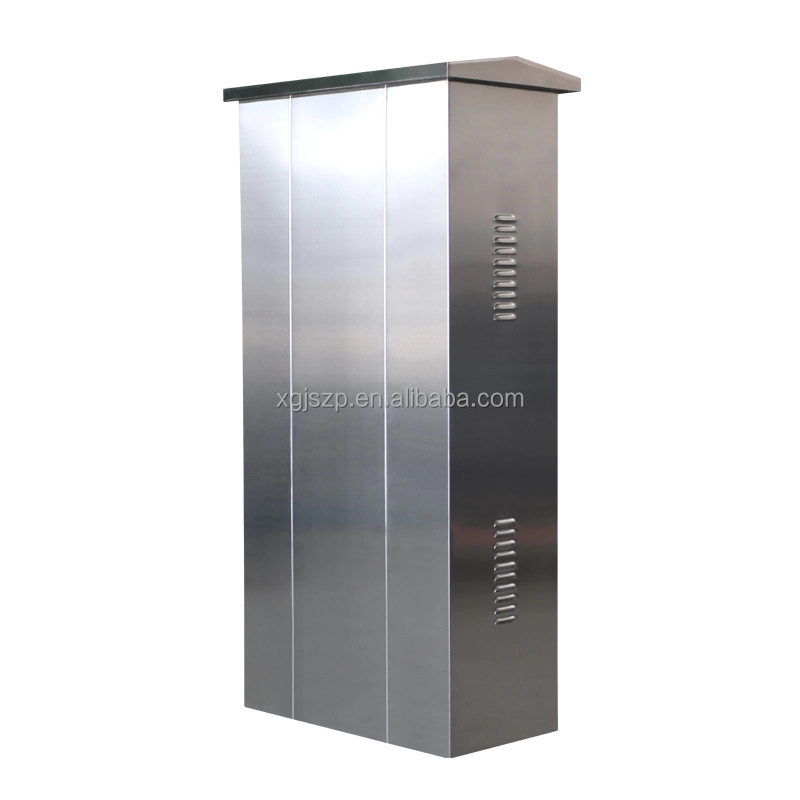
Industrial designers often underestimate enclosure impact. Off-the-shelf solutions rarely fit complex needs. Custom sheet metal enclosures solve this. They protect sensitive electronics from dust, moisture, and EMI interference. Surprisingly, 68% of equipment failures stem from inadequate housing according to Industrial Design Journal 2024. Investing in proper enclosures pays off long-term.
Aluminum offers great corrosion resistance but costs 40% more than steel. Stainless steel excels in harsh environments. We once used carbon steel for a marine application – big mistake! Within months, rust compromised the unit. Now we always analyze environmental factors first.
Thicker isn’t always better. While 16-gauge steel provides robust protection, it increases weight and cost. For indoor electronics, 20-gauge often suffices. Remember: every extra pound raises shipping costs by approximately 12% based on logistics studies.
Calculate bend allowances accurately using this formula:
$$
BA = \frac{\pi \times (R + K \times T) \times A}{180}
$$
Where R=inside radius, K=material constant, T=thickness, A=bend angle. Get this wrong and parts won’t fit. Our team fixed a client’s misalignment issue in 2025 by recalculating bend allowances.
| Component | Recommended Clearance | Common Mistake |
|---|---|---|
| PCB Mounts | +0.5mm tolerance | Over-tightening causing warping |
| Cable Glands | +1.0mm diameter | Ignoring gasket compression |
| Ventilation Fans | Match cutout exactly | Forgetting vibration gaps |
Overheating causes 42% of electronics failures per IEEE research. Passive cooling often works better than forced air. Strategically placed vents can reduce internal temps by 15°C. Counterintuitively, sometimes adding thermal pads to enclosure walls dissipates heat better than fans.
Powder coating beats painting for durability. For EMI shielding, zinc plating works wonders. Anodizing creates beautiful finishes but adds cost. We learned this when a client’s powder-coated custom sheet metal enclosures outlasted painted ones by 3 years.
Ready to start your project? Explore our custom sheet metal enclosures solutions today.